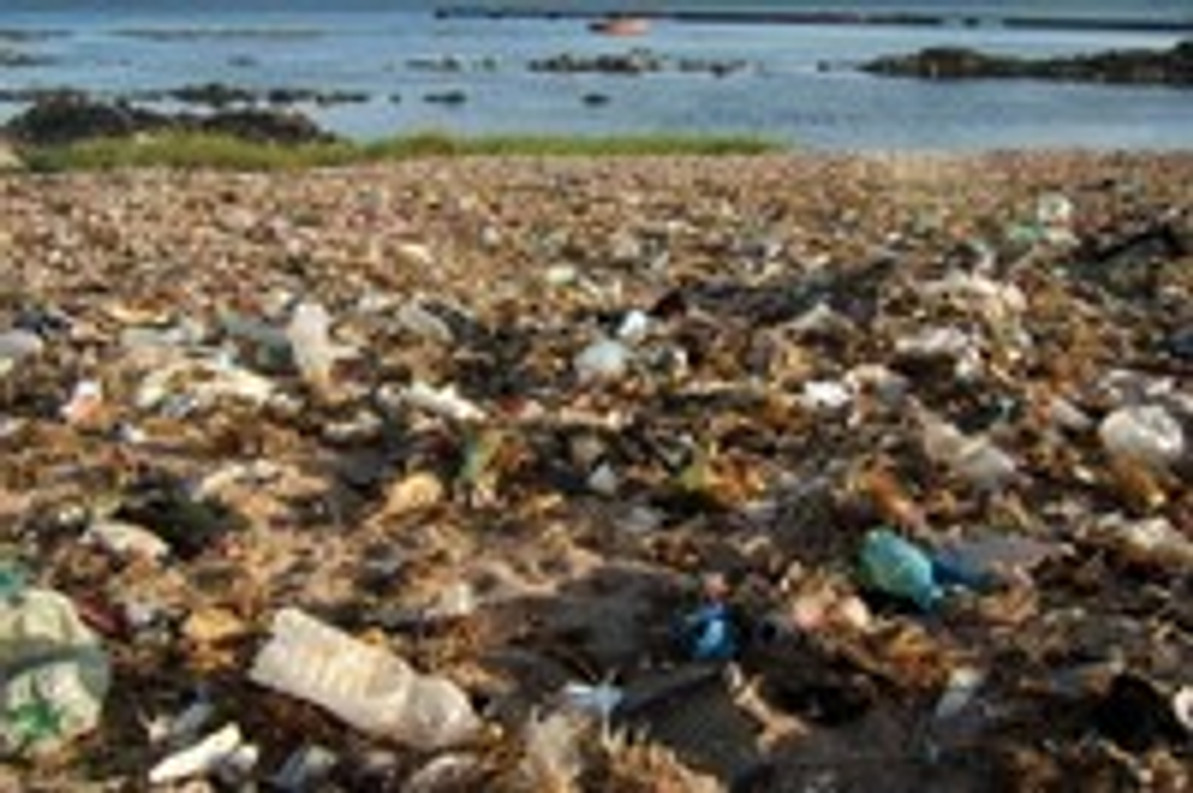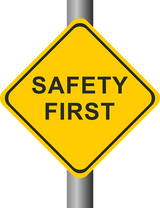New Report Reveals 1 in 10 U.S. Beaches Are Unsafe For Swimming
You might be think twice before taking a dip in the ocean to cool off this summer. According to an annual beach report conducted by the Natural Resources Defense Council (NRDC), 1 in 10 U.S. beaches failed to meet the the new federal benchmarks for "safe swimming."
The council collected water samples from some 3,500 plus U.S. beaches, spanning from the east coast to west coast, and going as far north as the Great Lakes, testing them for levels of E. coli and other potentially harmful bacterium. The council performs this same test each year, releasing its findings to the public in an effort to protect the health and well-being of beach-goers. It's important to note, however, that this is the first time the NRDC has implemented the Environmental Protection Agency's (EPA) new water safety standard.
Also known as the Beach Action Value, the EPA's new water safety standard aims to protect the general public from water-borne disease and illness. Some estimates suggest that up to 3.5 million Americans become ill from swimming in polluted waters.
"Results in this year show uptick in failure rate at 10% nationwide, but this reflects a newer, more health-protected (standard of safety test). If we were to compare to the old defunct standard, it would have been about 7% of samples; which tells us we're stagnating in terms of progress of water protection," said NRDC senior attorney Jon Devine.
So, what's causing pollution to end up in our nation's beaches, lakes and waterways? The single most influential factor is sewage overflow and stormwater runoff. When a heavy storm rolls through a suburban area, it may drop enough water to cause the sewer systems to overflow; thus, sending bacteria-ridden water into streets, and subsequently, beaches.
"Sewage and contaminated runoff in the water should never ruin a family beach trip," Devine said.
Exposure to contaminated beach water may lead to pinkeye (conjunctivitis), skin rashes, upper-respiratory infections, hepatitis, digestive tract infections, and even meningitis. Unfortunately, small children -- whom spend more time swimming than adults -- are placed at the highest risk for illness when swimming in polluted water.
On the plus side, 90% of U.S. beaches remain safe for swimming under the EPA's new water standards. Some of the beaches that ranked at the top in terms of the least amount of pollution include the following:
- Gulf Shores (Alamaba)
- Newport Beach (Califronia)
- Tybee Island (Georgia)
- Dewey Beach-Swedes (Delaware)
- Fort Desoto (Florida)
- Singing Beach (Massachusetts)
- Wailea Beach Park (Hawaii)
Recent Posts
-
Fire Safety in the Workplace: What You Need to Know
What steps are you taking to prevent fires in your workplace? According to the U.S. Occupational Saf …Aug 23rd 2023 -
Is It Safe to Go Jogging With a Cold Infection?
If you're suffering from a cold infection, you might be wondering whether it's safe to go jogging. T …Aug 22nd 2023 -
5 Safety Tips to Follow When Using a Powder-Actuated Tool
Powder-actuated tools are commonly used to join materials to steel and concrete. Also known as Hilti …Aug 20th 2023




